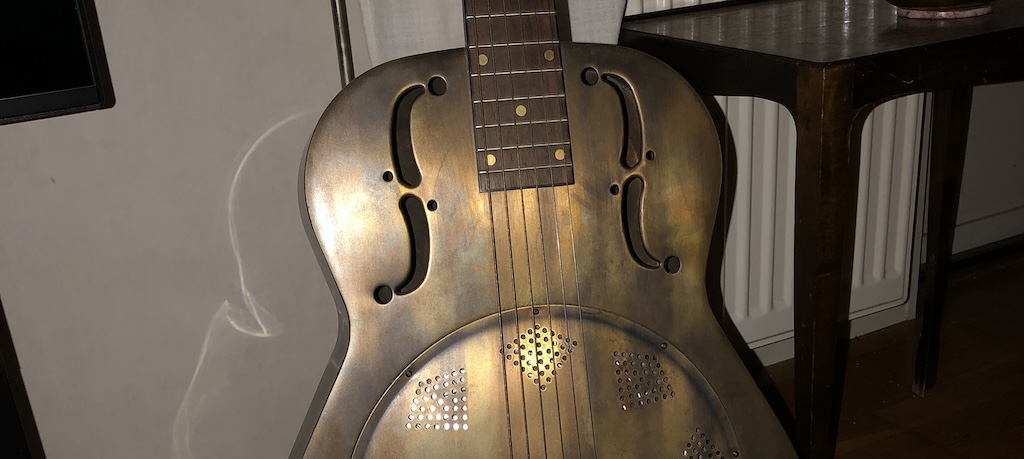So, let’s talk a little bit about love. And who loves who.
Look at the following sentence:
The man loves the woman.
Even with this short sentence, we know who is the lover and who is the lovee. In this case, it’s the man who loves. And the woman is the loved. But, if we just re-arrange the words a little
The woman loves the man.
It is still exactly the same words, but the sentence changes meaning. This is because in some languages, like Swedish and English, the role or function of a word changes depending on where in the sentence it is. When I started to learn Ukrainian, this was a big eye-opener for me. All my life, all languages I had encountered, followed this idea, that the role of a noun depends on where it is in the sentence. That is why the two sentences above mean different things, even though it is exactly the same words. For me this was so natural that I took it for granted. I mean, that’s how it is. Isn’t it?
Turns out, it doesn’t have to be. Slavic languages, including Ukrainian, are quite liberal when it comes to sentence structure. The emphasis of a sentence can change, but not the meaning of it. So, the two sentences above can mean the same, either that the man loves the woman, or that the woman loves the man.
So, this of course begs the question… how do you know who loves who? Tune in to this channel next week at the same time, and this mystery will be unraveled.
